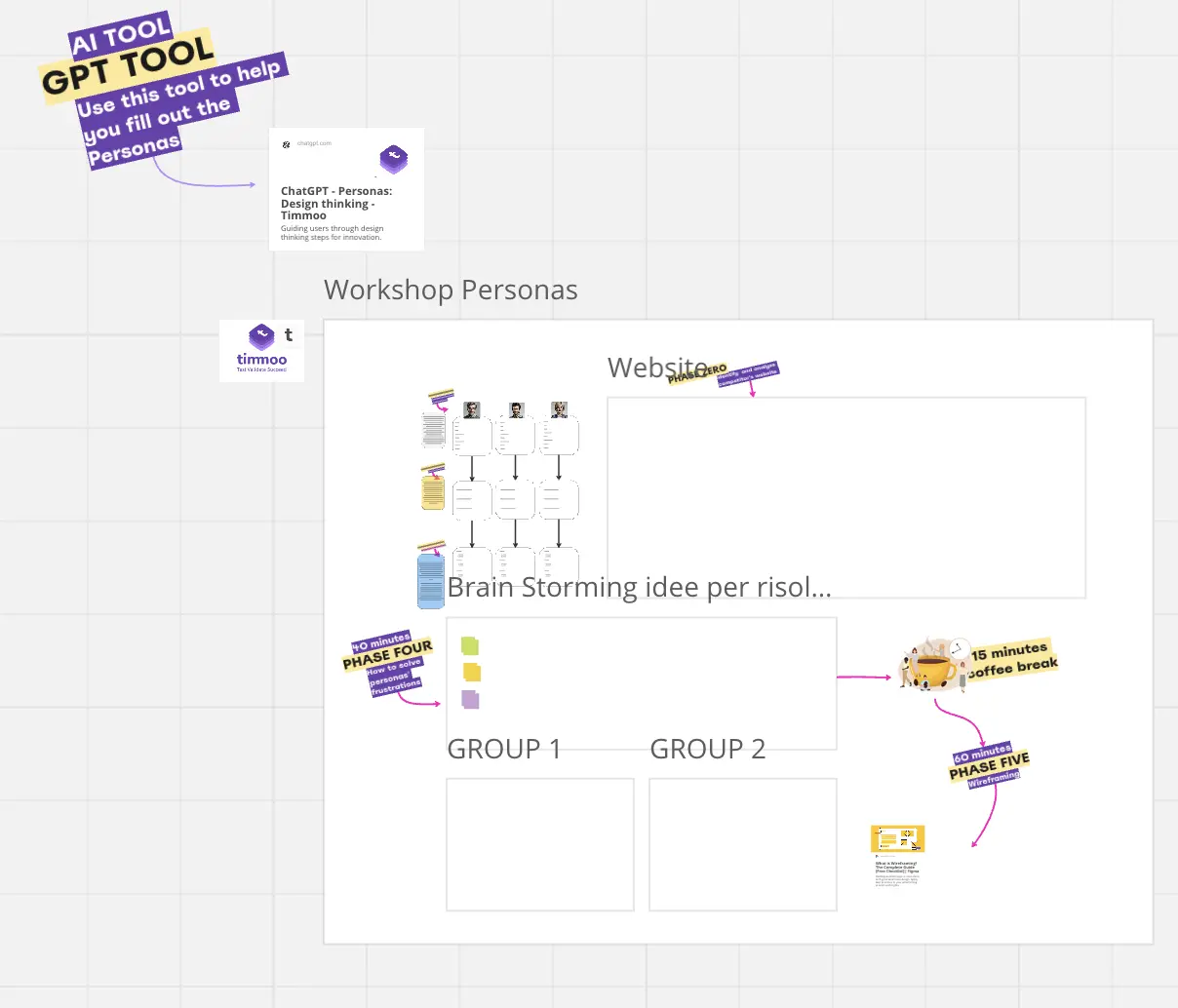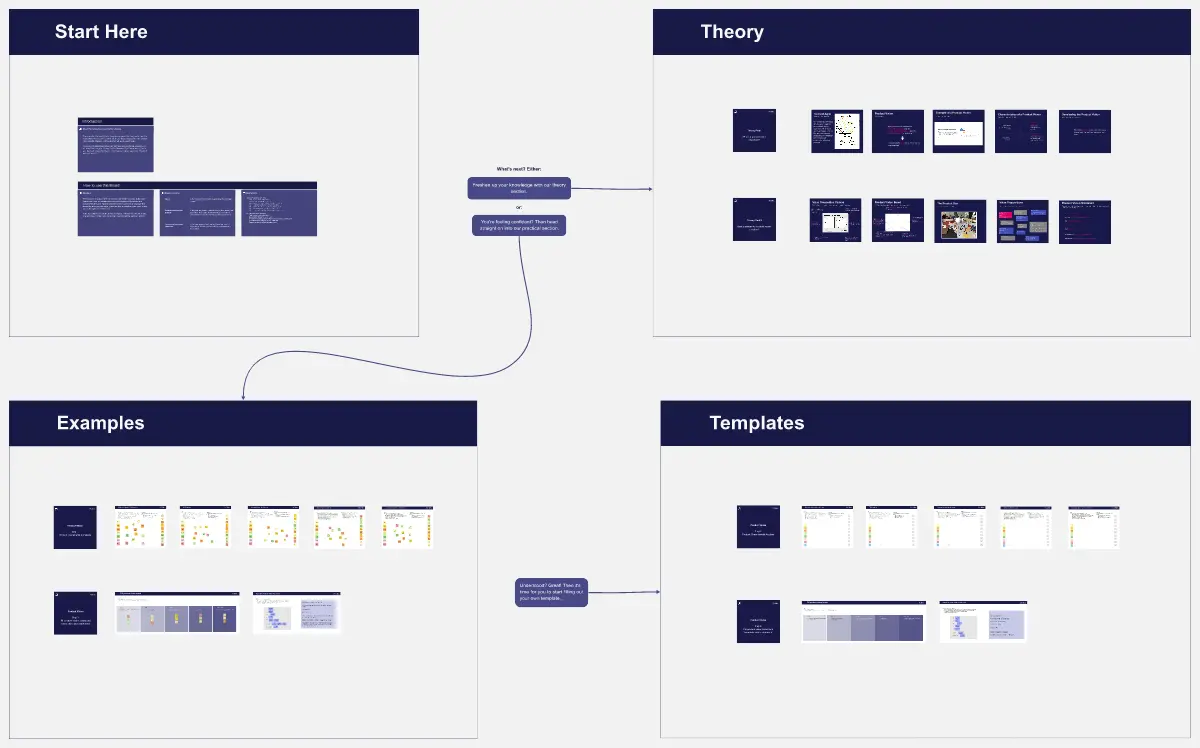What are survival metrics?
Survival metrics are essential tools for product and project managers to determine the viability of an initiative. These metrics help teams decide whether to invest more resources, pivot, or stop a project altogether, thereby avoiding the sunk cost fallacy. By focusing on resource allocation and company incentives, survival metrics enable teams to make informed decisions swiftly.
About the Survival Metrics Framework
Product management’s role is to improve their organization’s ability to make intelligent decisions and change direction in a way that serves both the customers and the business itself.
A good change in direction should have three core qualities:
Strategic. The sooner we can change direction when things aren’t working, the better.
Politically safe. The sooner we can remove the possibility of sniping and get aligned, the better.
Data-informed. The sooner we can have some data to back our decisions, the better.
The Survival Metrics Framework helps PdMs pivot from thought to reality with survival metrics. Using these will help your team unstuck and on the road to making better decisions. It’s designed to guide teams through the process of identifying, prioritizing, and revisiting key metrics that influence project decisions.
Good metrics should be:
Decision-Driving: They should lead to clear actions.
Time-Bound: They should have a specific timeframe.
Strategic: They should align with the company's goals and vision.
How to use the Survival Metrics Framework
Follow the steps below to get the most out of this template and make informed decisions about your product's future.
1. Identify commitment markers
Collect quantitative and qualitative data from key players that guide whether to stop, pivot, or invest in the initiative. Meet with the core team, stakeholders, and other knowledgeable individuals.
Here are key questions to guide your conversations:
What markers do we need to see to commit more resources to this initiative?
Ex.: If we achieve X% metric, it’s worth adding more resources, because it’s important to our company’s identity/position/adoption, etc.
What are some non-negotiables for the team/company?
How much are we willing to let this initiative cost us?
Then, review documentation and budget. Note relevant information from briefs, company goals, and performance data that may inform your survival metrics. Analyze the budget to understand financial constraints and acceptable costs.
2. Translate data into survival metrics
A good survival metric formula to follow is ACTION (Pivot, Stop, or Invest) + CLAUSE (forcing function) + METRIC (data). For example, “If user engagement increases by 20% within the first three months, it’s worth investing more resources.”
For quantitative data, set specific limits (e.g., "If user engagement increases by 20% within three months, invest more resources").
For qualitative data, create clear, binary classifiers (e.g., "If the marketing team doesn't sign off on the product's features, pivot to further discuss the process").
3. Prioritize your metrics
Your final survival metrics should be strategic, data-informed, and politically safe. Drag and drop the dots in section three and add them to your metrics stickies in section one if they fit the criteria for each. Aim for five to seven metrics that are likely to make quick, impactful changes. Ignore anecdotal or unsupported signals, and prioritize data-backed and strategic metrics. A great place to start is by ensuring the initiative aligns to the company's mission statement and product vision.
Narrow your survival metrics down to only those that fit all or most of the criteria:
Strategic: The metrics guide you to make strategic decisions with the vision.
Data-informed: The metrics can be used track and evaluate change.
Politically safe: The metrics allow us to communicate change effectively to build trust.
4. Finalize your metrics and revisit them regularly.
Take your priority survival metrics and add them to the last column on the right. Now that you’ve translated the statements into metrics and prioritized them, you’ll need to communicate them to the team often and tie them to what’s happening during product development. Checking in every two sprints and tying those metrics to a retrospective is a good way to see if something is still functioning as a good metric. Keeping the survival metrics fresh allows the team to see their usefulness and make sure you aren’t losing the feasibility of the initiative as a whole.
Using the survival metrics template effectively can significantly enhance decision-making processes for product and project managers. By following these steps, you can ensure that your initiatives are aligned with strategic goals, data-informed, and politically safe, ultimately leading to more successful project outcomes. For more, visit theadamthomas.com.






